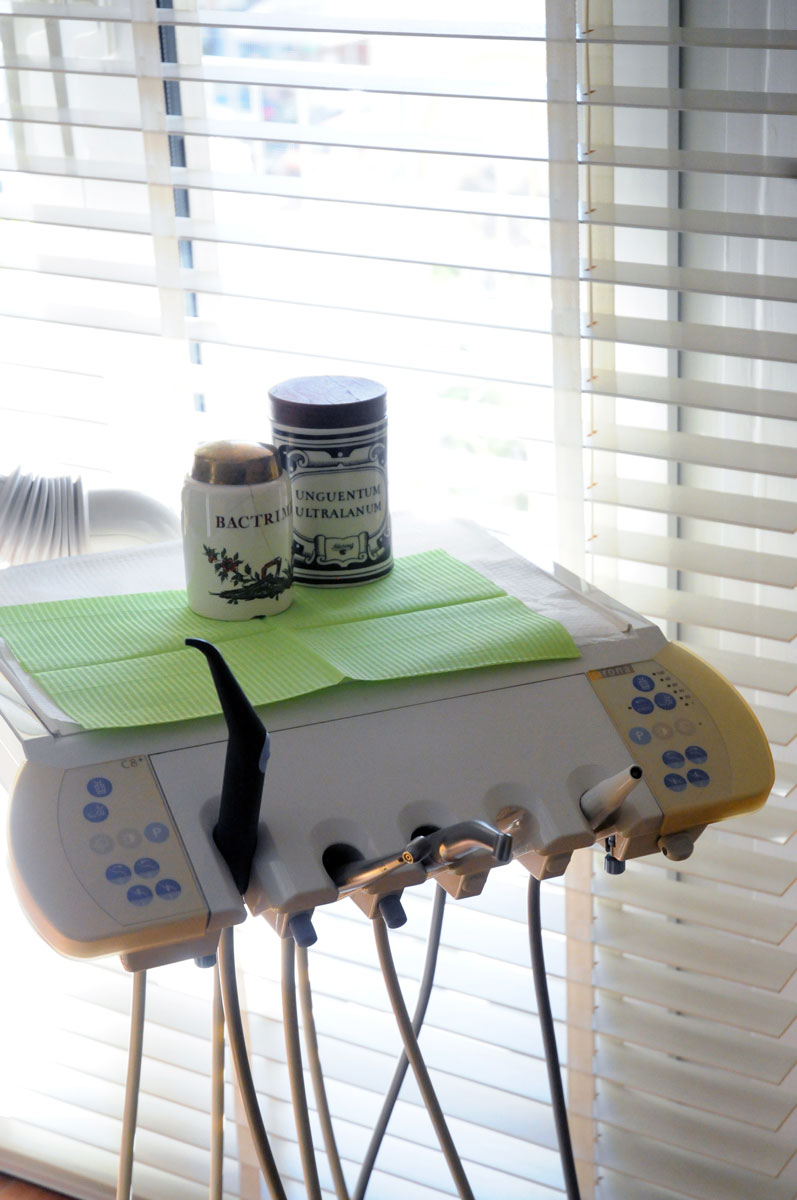There are three types of orthodontic treatment:
a) Preventive orthodontic treatment
This mainly concerns children aged 6-8 years and aims at preventing future problems.
It deals with problems caused by early loss of primary teeth (milk teeth), prolonged finger or pacifier sucking, or tongue thrust.
Therapeutic intervention mainly entails the use of removable appliances or fixed appliances (space retainers, that is, devices maintaining the space left by early loss of primary teeth in order to accommodate permanent tooth eruption and resolve future crowding) and is of a short duration.
b) Interceptive orthodontic treatment
It usually starts at the age of 8-9 years (depending on the child’s growth rate) and aims at inhibiting and modifying the development of the problem- thus creating favourable conditions for easier and simpler future treatment- or even resolving problems early, before their full manifestation.
Removable or fixed appliances (functional appliances) are used and this type of treatment is indicated for pre-adolescents or young adolescents, since this treatment modality is effective while the patient is still growing.
c) Comprehensive orthodontic treatment
It involves the complete orthodontic treatment that takes place once the problem has been fully established.
Treatment start is determined by the orthodontist depending on the nature of the problem and the individual’s stage of dental and skeletal development.
It is exclusively performed using orthodontic brackets bonded on permanent teeth (braces), which are placed and removed only by the orthodontist. These may be combined with removable appliances and other orthodontic aids.
Braces may be metal or aesthetic (ceramic, sapphire) and are the therapeutic means of choice for controlled three-dimensional dental movement in any direction.

